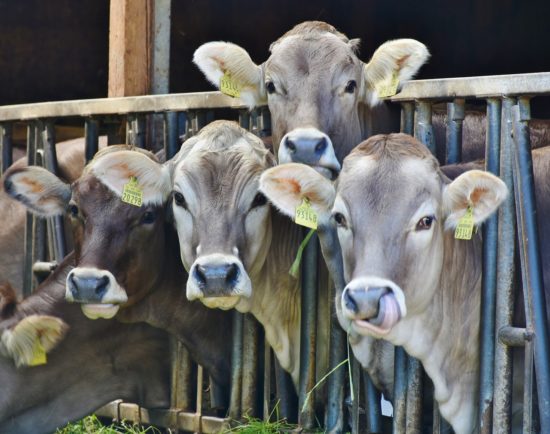A longitudinal study reveals persistence of antimicrobial resistance on livestock farms is not due to antimicrobial usage alone
There are concerns that antimicrobial usage (AMU) is driving an increase in multi-drug resistant (MDR) bacteria so treatment of microbial infections is becoming harder in humans and animals. The aim of this study was to evaluate factors, including usage, that affect antimicrobial resistance (AMR) on farm over time.
The results may be explained by a complex combination of factors on pig farms including historic AMU; co-selection of AMR bacteria; variation in amounts of antimicrobials used between visits; potential persistence in environmental reservoirs of AMR bacteria; or importation of pigs with AMR microbiota from supplying farms. Pig farms may also be at increased risk of AMR due to the greater use of oral routes of group antimicrobial treatment, which were less targeted than cattle treatments; the latter mostly administered to individual animals. Also, farms which exhibited either increasing or decreasing trends of AMR across the study did not have corresponding trends in their AMU. Therefore, our results suggest that factors other than AMU on individual farms are important for persistence of AMR bacteria on farms, which may be operating at the farm and livestock species level.
AMR NEWS
Every two weeks in your inbox
Because there should be one newsletter that brings together all One Health news related to antimicrobial resistance: AMR NEWS!





